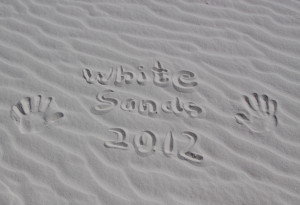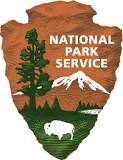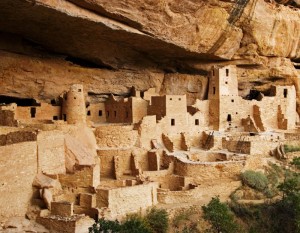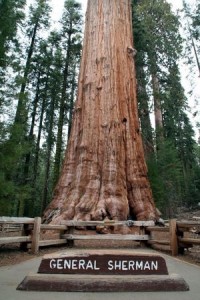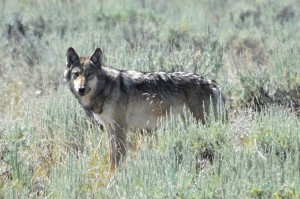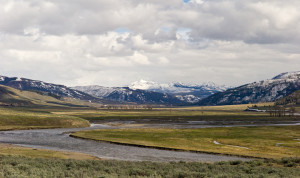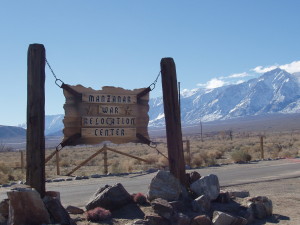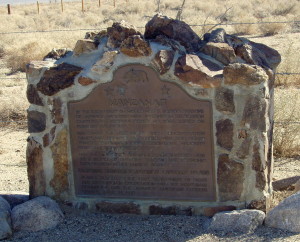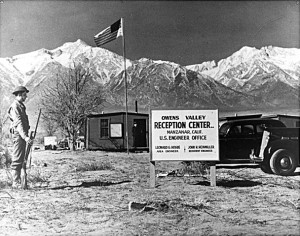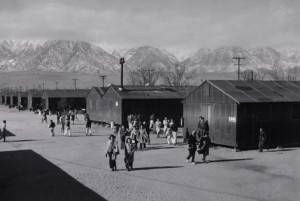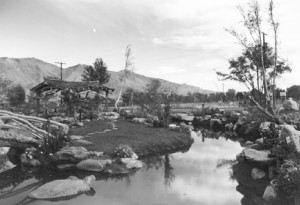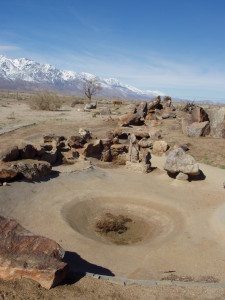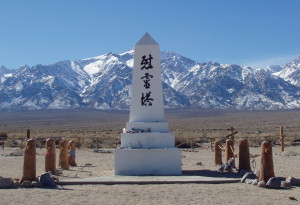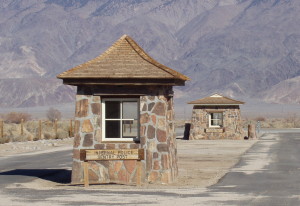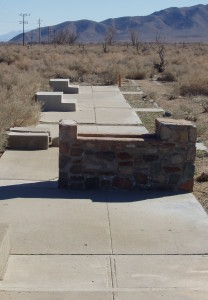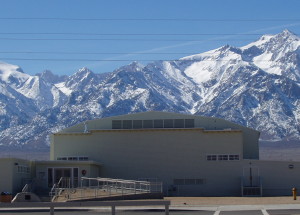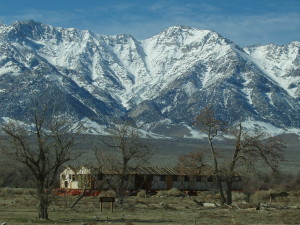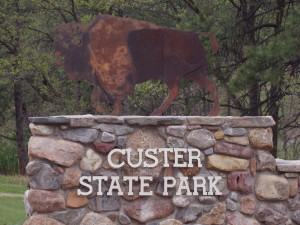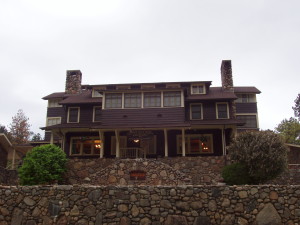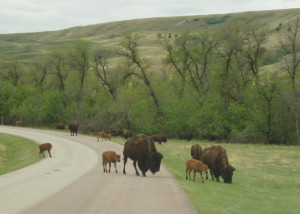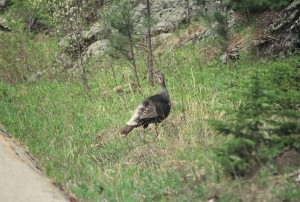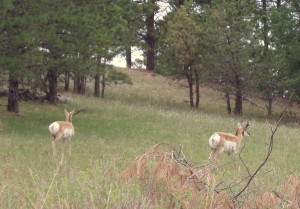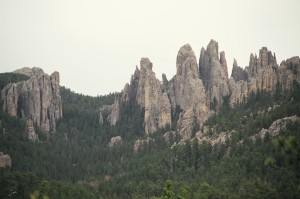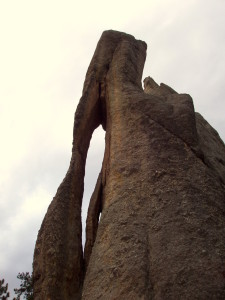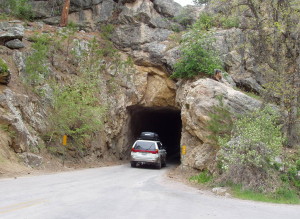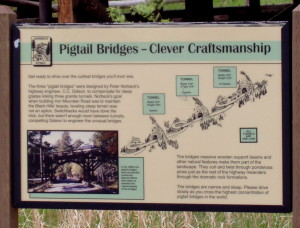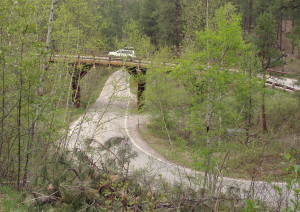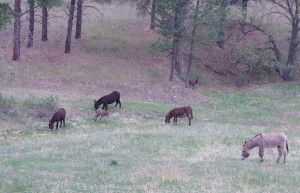A trip to one of our national parks can be a wonderful vacation filled with amazing adventures for you and your family. The United States National Park Service administrates the 59 National Parks, 108 National Monuments, 78 Historical Sites and hundreds of other sites throughout the United States. Pull out a United States map and take a look, there are probably several national park sites within an easy drive from your home.
In this post, I am going to discuss one of my favorite topics in regards to the national parks … taking photographs.
National Parks have many scenic views of picturesque lakes, majestic mountains, magical forests and arid deserts, the photo opportunities are endless. One of our family traditions is the classic photo at the national park sign. (I can hear my children now complaining, “Not another picture by a sign, why do we have to do this?) These are some of my favorite photos taken at the national parks and I am so glad we have them. One wall in our home is filled with all of these photos displayed in white mats and simple black frames. Below each photo, on the mat, I’ve written the date of each visit. Looking at these photos I can see my children growing from year to year and the wonderful memories we’ve shared at those national parks.
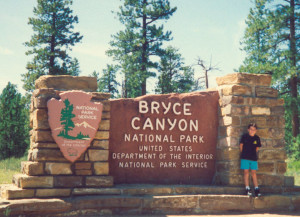
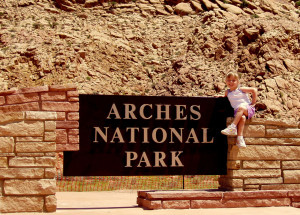
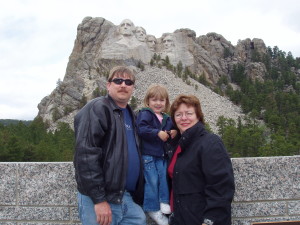
When I am taking photos of the park’s beautiful landscape I usually take several photos of just the scenery but then I’ll take more with the family. For example, everybody takes a classic photo the family standing with Mount Rushmore in the background. It is a great photo but not a very original idea. Now, look at the some photos taken during a visit to the Petrified Forest National Park in 2011. The photo is of the petrified agate log bridge but look to the right and you will notice my husband standing there taking his own photo of the log. I love taking photos like this because when I put them into the scrapbook I place them side by side and caption the photos as “my view and his view”.
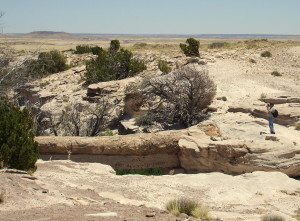
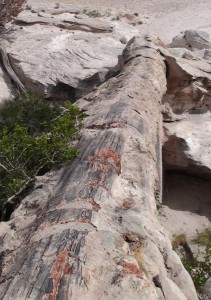
When visiting the national parks one of our favorite activities, when available, is taking a cave tour. Caves can be a difficult environment in which to take photos, generally caves can be dark with very limited lighting. Using a flash would be helpful but you don’t want to distract the other visitors with a bright flash going off in a darken cave. When we visited Mammoth Cave NP in 2010, we stopped to take a photo of my son and daughter in one of the larger caverns with the lights on. When taking photos sometimes it is a good idea to tell the story of the experience. Shown below is a photo showing one of the stairways used by the visitors to descend into the caves. Another example of photos telling the story of a trip was taken in Rocky Mountain NP in 2012. Driving through the park, visitors can climb to very high elevations and I took a photo of my daughter with an elevation sign that read two miles above sea level to explain how high we actually were.
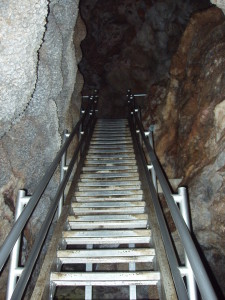
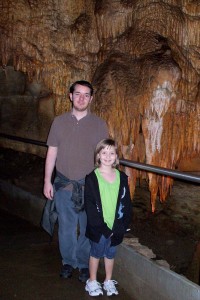
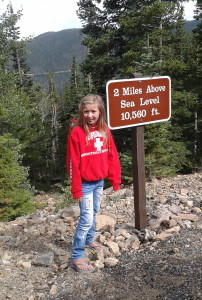
When we visit NPS sites we usually like to take tours and try to experience special activities. One example of this type of photo was taken at Wind Cave NP in 2004 and shows my husband and daughter standing under a sign that reads “tour starts here”. Another example is a photo taken in 2011 at the Jefferson National Expansion Memorial in St Louis, MO. There is a ride there that will take visitors to the top of the Gateway Arch and I took a photo of my daughter holding the tickets. Another fun photo was taken at the Badlands NP in 2004, we had pulled into an area where we could watch the prairie dogs and I got out of the car and took the photo of my husband and daughter looking out into the prairie with their binoculars, a very cute photo.
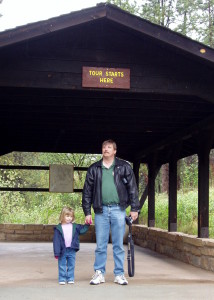
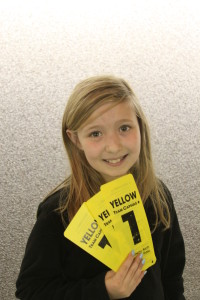
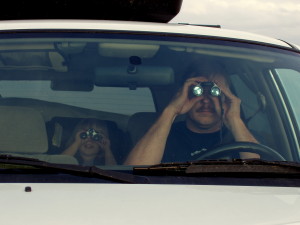
Sometimes the scenery with inspire a creative photo. Usually when we are on vacation at the beach we write our names, location and date of the visit in the sand with a stick. When we visited the White Sands National Monument in 2012 I took the classic writing in the sand photo. Along with this photo I took some great action shots of my daughter running down the sand dunes, she was having a great time.
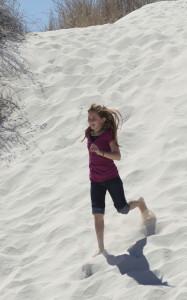
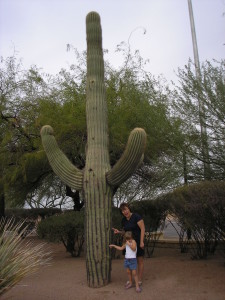
Occasionally we take silly photos, like the one my husband took when we were visiting Saguaro NP. It’s a funny photo of my daughter and I touching the prickly saguaro and we are making silly faces. Sometimes shopping in the park gift shop will inspire a funny photo, like the one of my daughter wearing a stovetop hat at Abraham Lincoln Birthplace Historic Site in Kentucky or the silly moose hat she is wearing at Rocky Mountain NP.
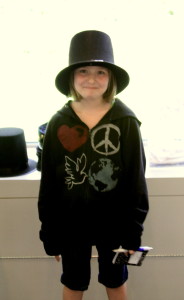
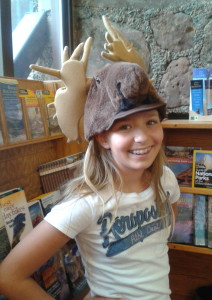
Have fun taking photos and send me some of your favorites – I would love to see them!
For additional ideas and tips when visiting a National Park please check out National Park Travel Tips (Part One).

